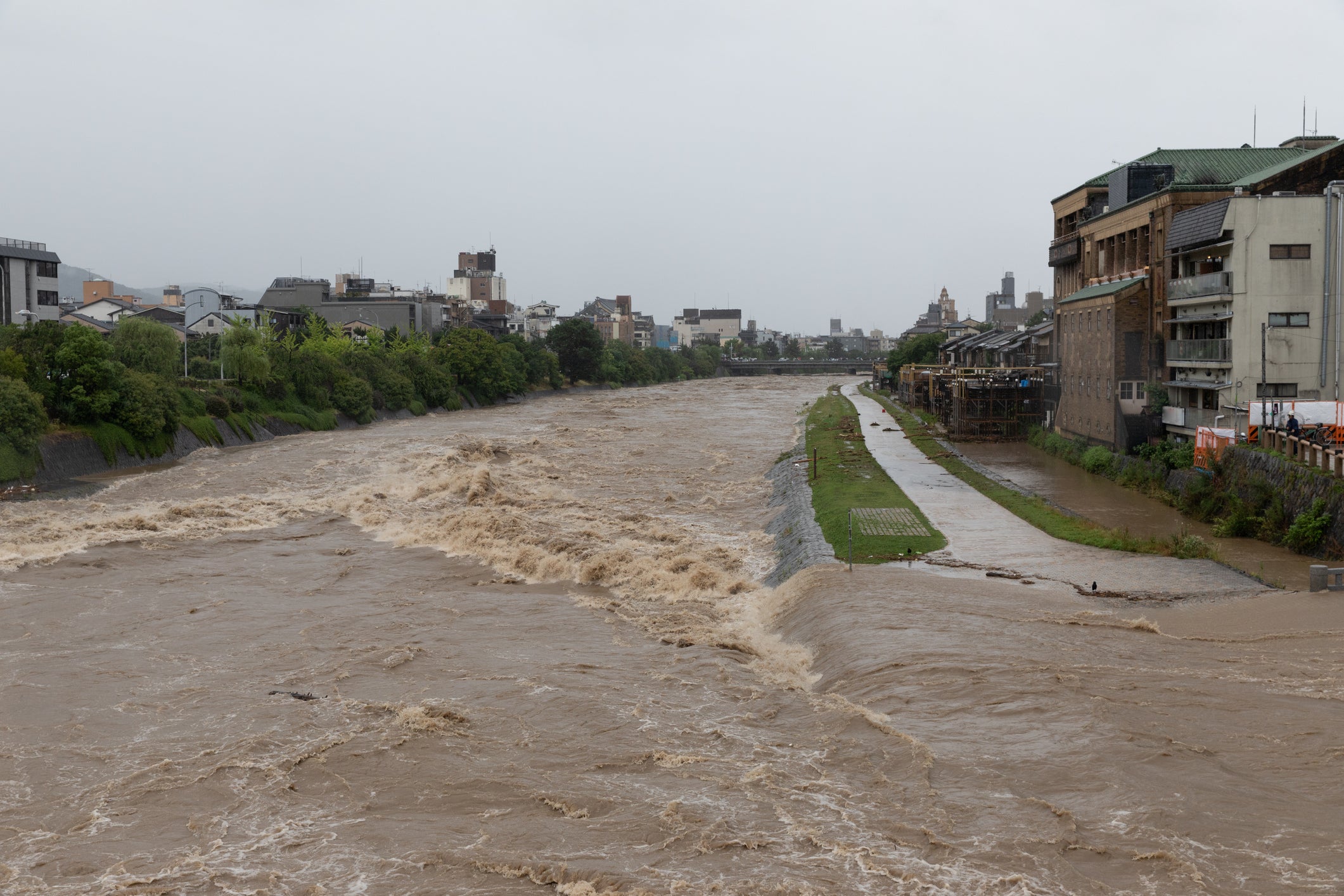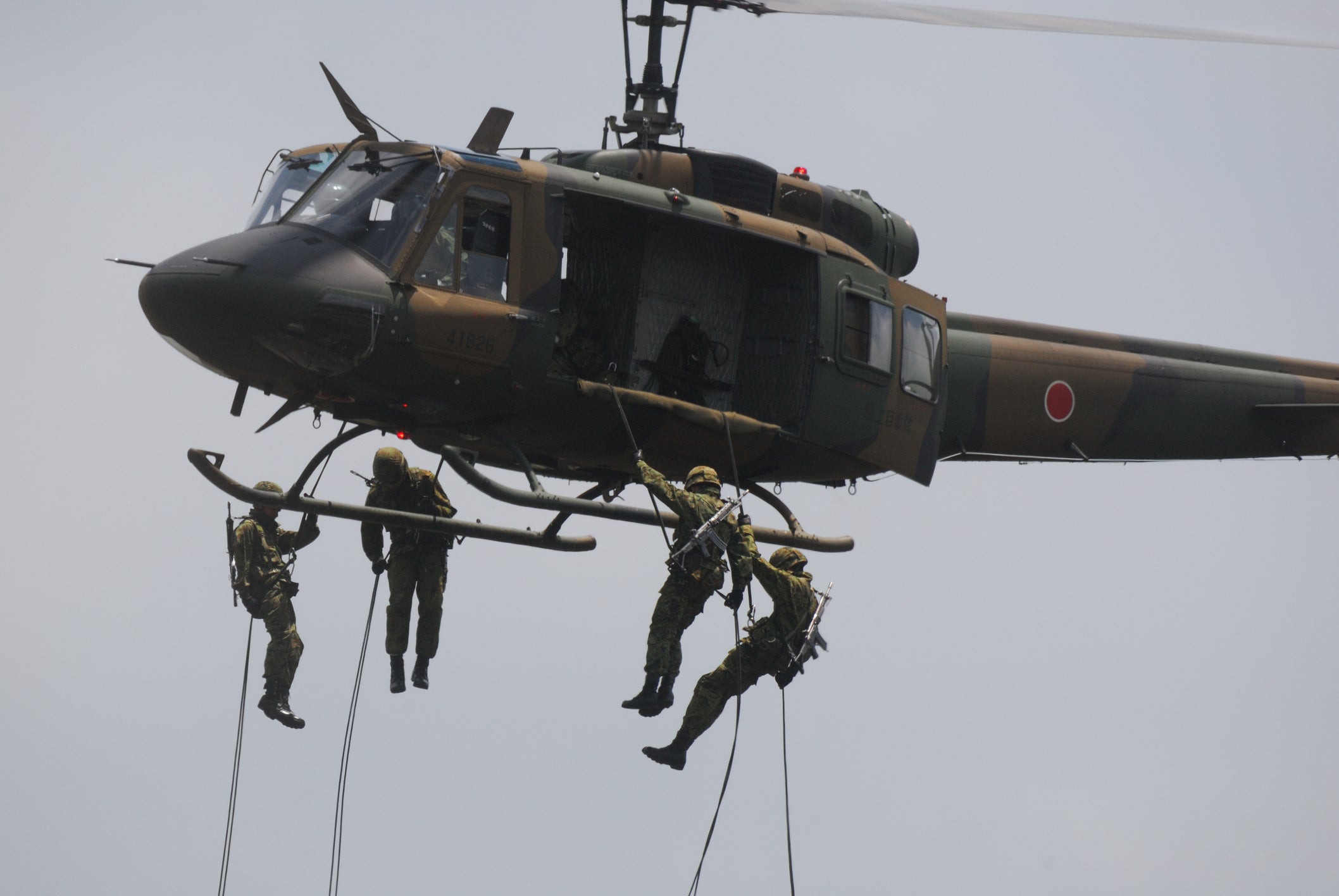Measures to ensure food safety in times of disaster: food supply and hygiene measures
table of contents
Introduction
1. Food stockpile
2. Securing a food supply network
3. Hygiene measures
4. Surveillance and information sharing
5. [Case study] Great East Japan Earthquake
6. Rolling stock method
summary
Introduction
Food supply and food safety are serious issues during disasters. Natural disasters, such as earthquakes, floods, and typhoons, and man-made disasters, such as war, disrupt food production, distribution, storage, and cooking processes, potentially threatening people's food security. This article details how to ensure food safety in the event of a disaster.
1. Food stockpile
1-1 Purpose and Importance
The main purpose of food reserves is to ensure food supplies in case of disasters or emergencies. Disasters can disrupt food supplies or cause food prices to skyrocket. Food reserves are an important means of providing food and saving lives in such situations.
1-2 Selection of stockpiled food
Foods to be stockpiled should be those that can be stored for a long time, have high nutritional value, and have few restrictions on cooking and eating. Typical food stockpiles include canned food, retort food, dried food (dried noodles, dried fruit, dried bread), and emergency food (energy bars, dried fruit, etc.). It is important to replace stockpiled food regularly before it expires.
1-3 Determining stockpiles
The amount of food to be stockpiled is calculated taking into account the population of the area, the expected scale and duration of the disaster, and the food supply prospects. In general, a personal or family stockpile of several days to several weeks is recommended. Regional and national food reserves are more extensively stockpiled.
1-4 Storage and management
Food stockpiles require proper storage and management. Stockpile food should be stored in a dry place, avoiding high temperature, high humidity and direct sunlight. In addition, it is part of management to check the condition and expiration date of food, prevent pests and mold, and rotate stockpiled food (consumed from the oldest).
1-5 Education and enlightenment
Food stockpiling is not only an individual and family responsibility, but requires community awareness and action. The government and related organizations will provide information and carry out awareness-raising activities to spread the importance of stockpiling in times of disaster. This includes how to select stockpile food, points for storage, and how to make a stockpile plan.
2. Securing a food supply network
2-1 Formulation of disaster logistics plan
In the event of a disaster, damage to logistics infrastructure and disruption of transportation can be expected. In order to secure food supply networks, it is necessary to formulate a logistics plan in advance in the event of a disaster. This includes securing evacuation routes and supplies collection points, as well as securing priority means of transportation. It is important to create a logistics plan and implement it at the right time in cooperation with relevant local organizations and companies.
2-2 Preparing backup means of delivery
In the event of a disaster, normal delivery methods may be restricted. As such, backup means of delivery should be provided as part of securing the food supply chain. For example, we will secure means of transportation that can be used in an emergency, such as helicopters and ships, and transport food to the affected areas. Coordination with related organizations and volunteer groups is also important in order to efficiently coordinate the transportation of relief goods and food supplies.
2-3 Cooperation with local producers
Partnerships with local producers play an important role in securing food supply chains. In the event of a disaster, production activities in the local agriculture and livestock industries may come to a standstill. In order to strengthen cooperation with producers and ensure the sustainability of production activities, measures such as support and information provision to producers, preferential subsidies and materials supply in the event of a disaster will be taken. It is also important to adjust the balance between supply and demand through cooperation with local producers and distribute food appropriately.
2-4 Information sharing and cooperation
Information sharing and cooperation are essential for securing a food supply network in the event of a disaster. Related organizations, administrative agencies, volunteer groups, local residents, etc. will share information and work together to supply food. Information sharing is useful for grasping the demand for supplies in the event of a disaster, grasping the situation in the affected areas, and adjusting priority food distribution. In addition, we will strengthen cooperation with related organizations and work to ensure food safety and hygiene standards.
3. Hygiene measures
3-1 Water and Sanitation
In the event of a disaster, water supply may be restricted and water quality may deteriorate. As part of hygiene measures, it is important to ensure safe drinking water. This includes the installation of water purification plants and filters, the cleaning and disinfection of wells and water tanks, and the proper storage and handling of drinking water. It is also important to maintain proper hygiene, such as installing hand-washing facilities and providing hygiene education.
3-2 Food Hygiene Management
Food hygiene management is especially important during a disaster. Ensure proper food storage, preparation and serving. When stockpiling or distributing food, expiration dates and unusual odors, colors, and flavors are checked. In addition, hygiene management of food preparation facilities and cooking utensils, thorough hygiene measures during hand washing and cooking are also important measures.
3-3 Hygiene education
Since sanitary conditions worsen during disasters, proper hygiene education is necessary. Information and education on hand washing, hygiene management of food, how to use toilets, etc. will be provided and enlightened to disaster victims and support organizations.
3-4 Sanitation monitoring
In the event of a disaster, it is important to have a system to monitor food quality and sanitary conditions. Sanitation authorities and related agencies carry out food sanitary surveillance activities in disaster areas. Food is sampled, inspected, sanitary conditions are checked, and any abnormalities are promptly dealt with.
3-5 Waste disposal
In the event of a disaster, disposal of waste becomes an issue. Appropriate disposal and management of waste will help prevent the spread of pathogens and environmental pollution. In the event of a disaster, guidance will be given on waste separation and disposal methods, as well as the installation and operation of appropriate waste disposal facilities.
4. Surveillance and information sharing
4-1 Monitoring
Monitoring is an activity to monitor various factors and situations that occur at the time of a disaster and to identify problems at an early stage. Below are some examples of key monitoring activities:
Disaster monitoring: Monitor disaster information such as weather information and earthquake information to understand the occurrence and progress of disasters. Based on this, the level of danger in the affected area and the issuance of evacuation advisories can be determined.
Environmental monitoring: Monitor the environmental impact of disasters. Monitoring of water quality, air pollution, radiation dose, etc. is carried out, and it is useful for appropriate measures and health management.
Food monitoring: We monitor the quality and sanitary conditions of food, and respond quickly to any abnormalities. Sampling and inspection of food, inspection of sanitary conditions, etc. are performed.
4-2 Information sharing
Information sharing is an activity to share information among related organizations and parties, and to make accurate decisions and respond quickly. The following are examples of the main information sharing methods and initiatives.
Sharing disaster information: Related organizations and local emergency response headquarters collect and share disaster information. This will allow stakeholders to obtain accurate information and take appropriate countermeasures.
Building a communication network: Build a communication network among related organizations, volunteer groups, local residents, etc., and establish ways to share information and contact each other. This enables rapid information transmission and collaboration.
Establishment of an information center: In the event of a disaster, an information center will be set up to collect, organize and share information. Information on related organizations and the situation in the affected areas will be collected and provided to the relevant parties.
Use of SNS and the Internet: Information is spread and shared through the use of SNS (social networking services) and the Internet. Victims and related parties can disseminate information and obtain necessary information.
5. [Case study] Great East Japan Earthquake
5-1 Distribution of emergency relief food
Immediately after the earthquake, local governments and related organizations distributed emergency relief food to the affected areas. Food that can be stored for a long time, such as emergency food, dry food, and canned food, was provided. This enabled the victims to secure a minimum amount of food.
5-2 Provision of meals at evacuation centers
When victims evacuated to shelters, local governments and volunteer groups provided meals at the shelters. We set up soup kitchens and distribution centers to provide hot meals to support the victims' nutritional intake.
5-3 Utilization of food stockpiles
In some areas, there were cases where food was stockpiled in preparation for disasters. Local governments and related organizations distributed these stockpiles to the affected areas to alleviate food shortages.
5-4 Securing food supply networks
Securing the food supply network was also an important effort. Roads and harbors were restored, and the logistics system was rebuilt, restoring food transportation and distribution. In addition, with the cooperation of related organizations, administrative agencies, volunteer groups, and local residents, food supplies were coordinated and supplies were preferentially distributed.
5-5 Support from other regions
Support from all over the country was also active. Local governments, companies, and individuals in other regions provided food and daily necessities and sent them to the affected areas. Volunteers and relief organizations also participated in local food aid activities, providing food and cooking assistance to the victims.
After the Great East Japan Earthquake, various efforts were made to supply food. In order to make up for the food shortage in the affected areas, emergency food distribution, food provision at evacuation centers, utilization of food stockpiles, securing food supply networks, and support from other regions were carried out. Through these efforts, support for nutrient intake and food security for the victims was provided.
6. Rolling stock method
6-1 Concept of rolling stock
The rolling stock method responds to fluctuations in demand by replenishing inventory evenly over a period of time. As the inventory decreases, it is replenished at regular intervals to keep the inventory level within a certain range.
6-2 Setting the inventory level
In the rolling stock method, you set inventory levels in advance. This is determined by considering fluctuations in demand and errors in demand forecasts. Inventory levels are set between minimum and maximum inventory levels and are replenished when inventory approaches minimum.
6-3 Replenishment timing
In the rolling stock method, inventory is replenished at regular intervals. Specific replenishment timings are determined based on forecasted demand and inventory levels. Replenishment timing is done at regular intervals, so it is possible to respond flexibly to fluctuations in demand.
6-4 Effects and Benefits
The advantage of the rolling stock method is that flexible inventory management is possible in response to fluctuations in demand. During periods of peak demand, we have inventory to meet demand, and during periods of low demand, we can reduce inventory. In addition, it is possible to deal with the error of the demand forecast to some extent, and it is possible to suppress the excess and shortage of inventory.
summary
Ensuring food safety in times of disaster is achieved through multiple factors, including food stockpiling, securing food supply networks, hygiene measures, monitoring and information sharing. The cooperation of governments, relevant agencies, local communities and citizens is essential. Pre-disaster preparation and prompt response after a disaster occur are important measures to ensure food safety.







